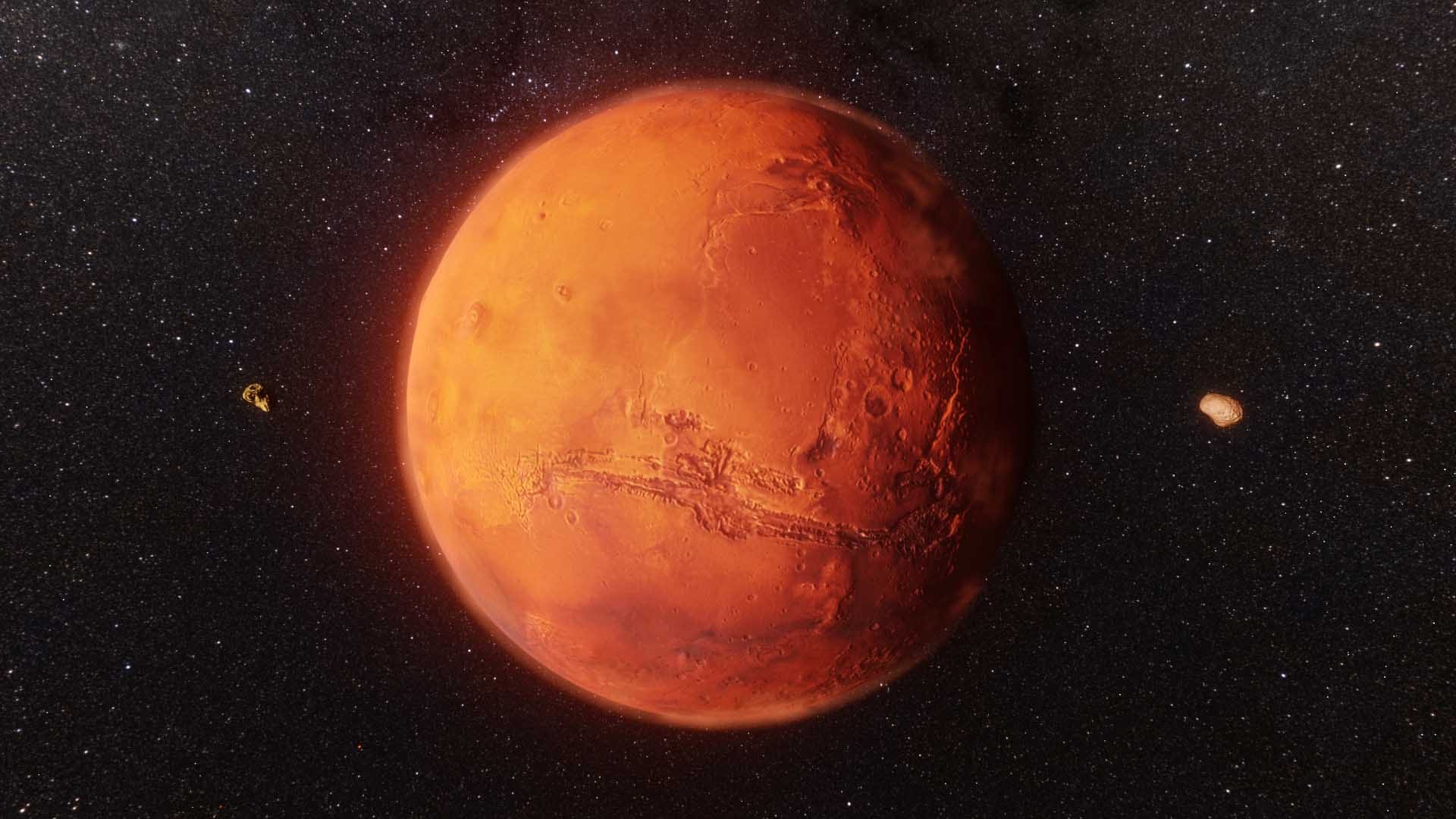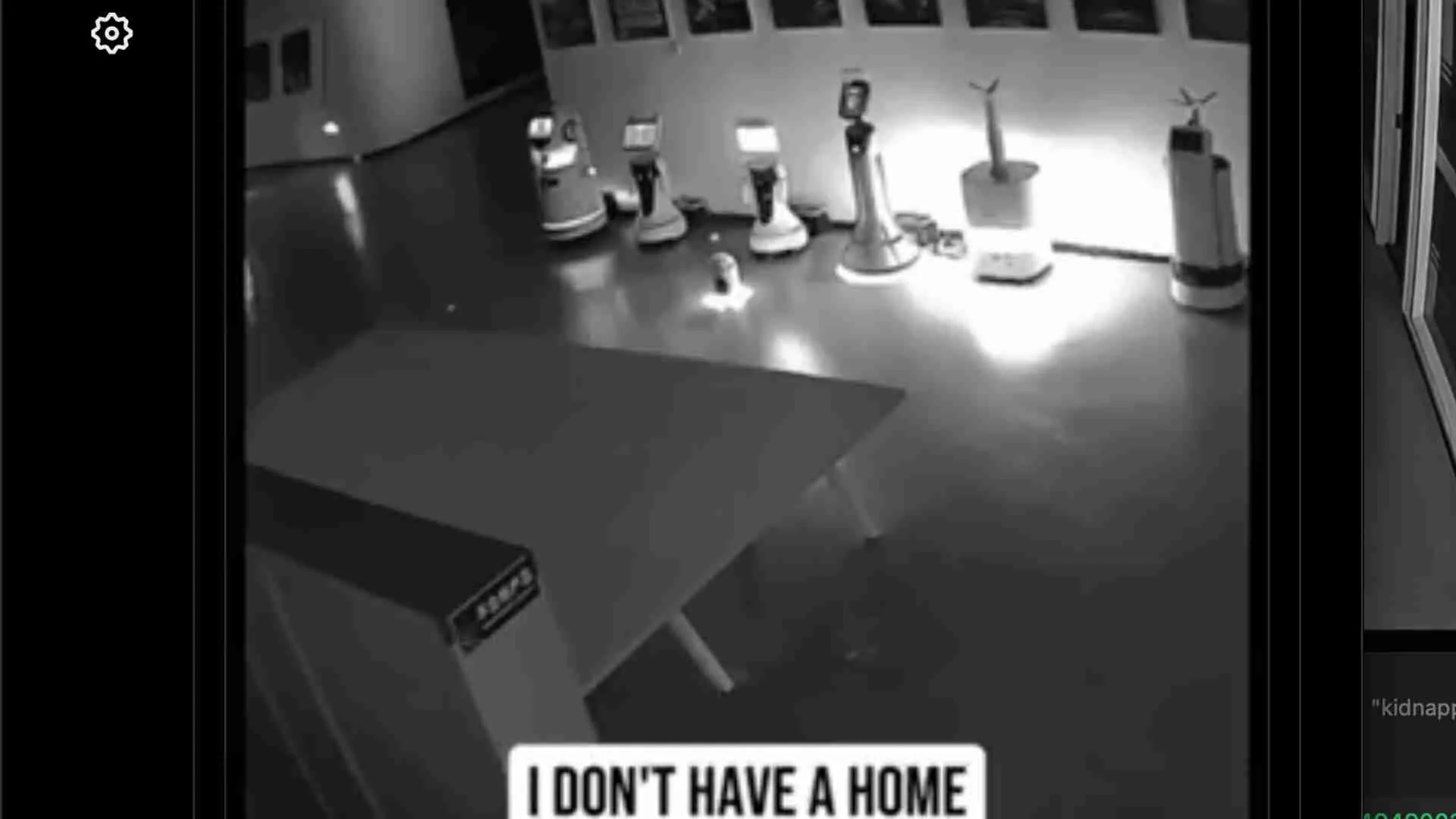The European Space Agency (ESA) steamed historic live photos from Mars on YouTube allowing the viewers on Earth, for the first time, to see Mars nearly in real-time, reported CNN.
According to ESA, the photographs displayed the planet in a way that had never been seen before and was posted on YouTube, the ESA Twitter account, and with the hashtag #MarsLIVE. The ceremony commemorated the 20th anniversary of the agency’s Mars Express orbiter’s launch. The orbiter was sent on a mission to capture three-dimensional pictures of the planet’s surface in order to better understand it.
“Normally, we see images from Mars and know that they were taken days before,” James Godfrey, spacecraft operations manager at ESA’s mission control centre said in a statement.
He added, “I’m excited to see Mars as it is now – as close to a Martian ‘now’ as we can possibly get!”
But haven’t we already seen pictures of Mars? Yes, the ESA said, but not live, as per CNN.
The photographs are held until they can be sent back because data and observations of the red planet are frequently made when a spacecraft is not in direct touch with Earth, ESA said.
The time it takes for a communication to travel through space can range from 3 to 22 minutes, depending on where Mars and Earth are in their orbits around the sun.
According to the ESA, it would take around 17 minutes for the light needed to create the images to travel directly from Mars to Earth, and another minute for it to pass through the servers and wires on Earth in order to start the live feed.
“Note, we’ve never tried anything like this before, so exact travel times for signals on the ground remain a little uncertain,” the agency said in a statement prior to the event, according to CNN.
A project scientist at ESA, Colin Wilson said that no stars were visible in the background of the images because Mars is quite bright.
Wilson added, “If you’re very close to it, it is even brighter and it obscures the surrounding stars in this particular angle the spacecraft is snapping images from.”
But, if you were on the Mars Express spacecraft, you would be able to see much of the cosmos, Wilson noted, adding, “And that is in fact critical to how
navigates.”
According to a statement from the agency prior to the event, over the course of a house, new views of Mars were expected about every 50 seconds, CNN reported.
The Mars Express’s visual monitoring camera team noted that during the live stream, Mars was appearing as it would if one captured a photograph with an iPhone and not as it would look with the naked eye.
Mars Express sent out around an hour’s worth of pictures before it got too far away from Mars to keep taking pictures of it. Additional updates will be published on Twitter, according to scientists, CNN reported.























